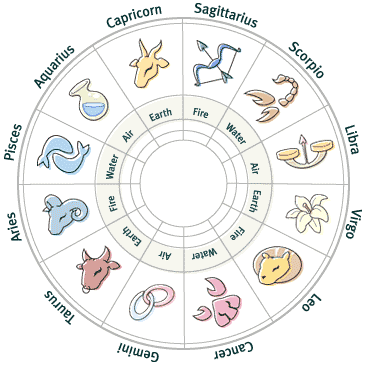At the time when money was not known to exist, people used to exchange the crop or goods they produced with others. For exemple, a cobbler would exchange his shoes for wheat rom the farmer- a practise, termed as the "barter" system.
Many primitive forms of money were counted just like coins. Cowrie shells, obtained from some islands in the Indian Ocean, were very widely used as a primitive form of money - in fact, they were still in use in some parts of the world (such as Nigeria) within living memory. "So important a role did the Crowie play as money in ancient China that its pictograph was adopted in their written language for money." Then in 960 AD, China was the first country to use paper money, the reason being that there was a shortage of copper for making coins.
In Egypt too, the centralization of harvests in state warehouses led to the development of a system of banking. Written orders for the withdrawal of separate lots of grain by owners whose crfops had been deposited there for safety and convenience, or which had been compulsorily deposited to the credit of the king, soon came to be used as a more general method of payment of debts to others.
These people included tax gatherers, priests and traders. Even the introduction of coinage, these Egpytian grain banks served to reduce the need for precious metals, which tended to be reserved for foreign purchases, particularly in connection with military activities.














0 comments: on "History of Money"
Post a Comment